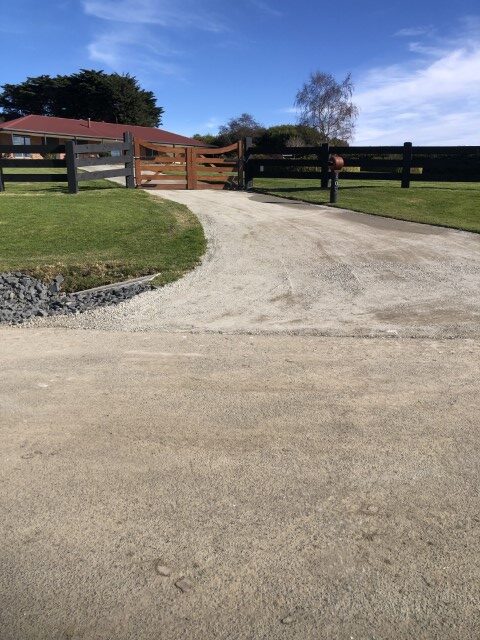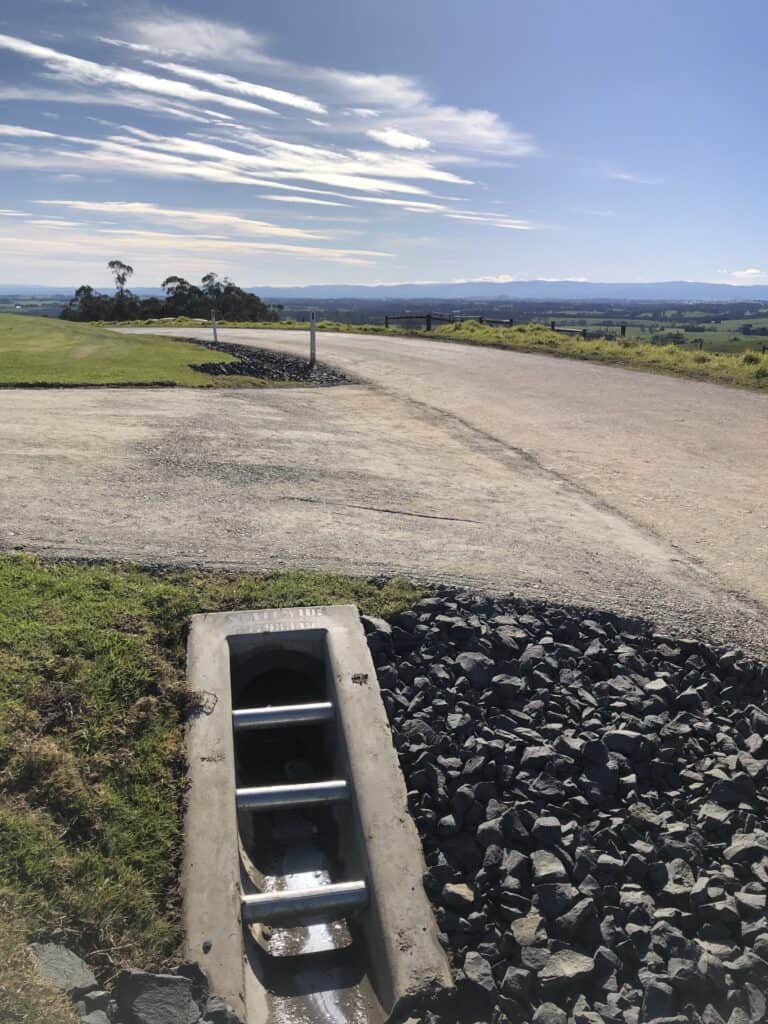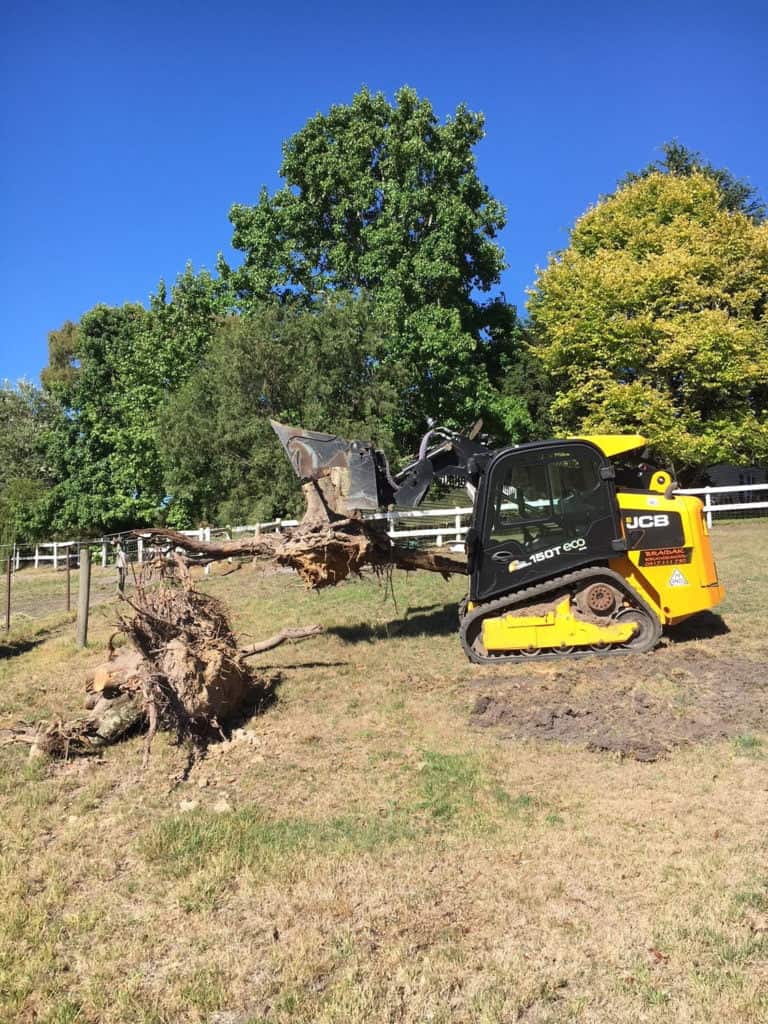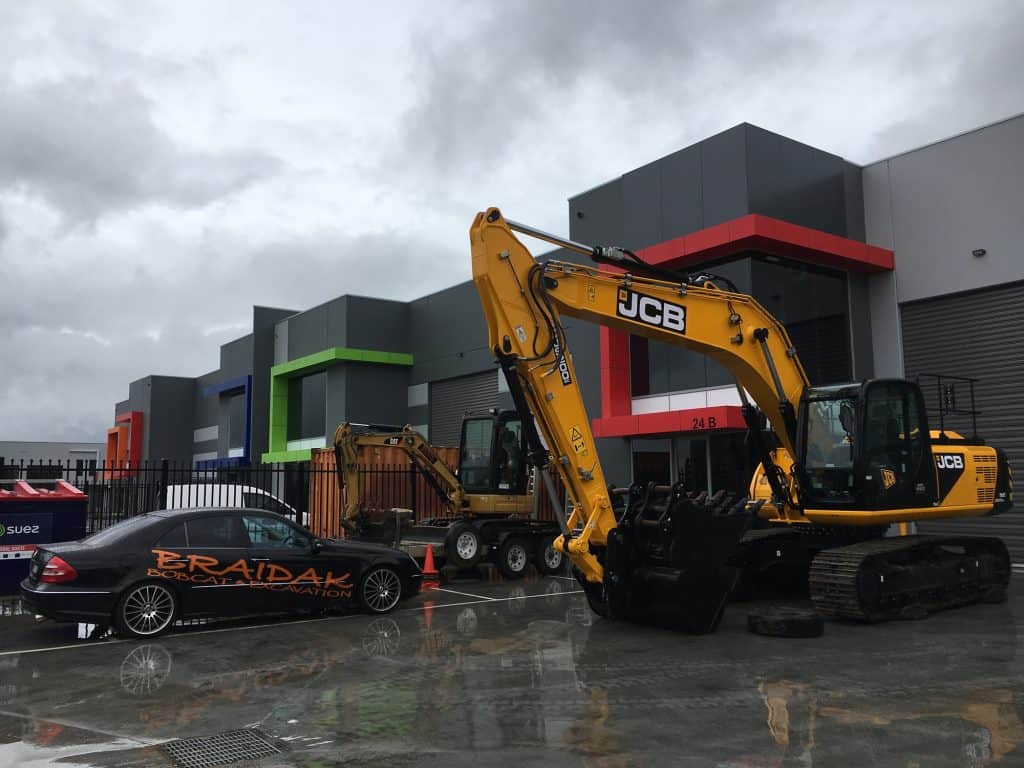Gravel driveways are a popular choice for many homeowners due to their rustic charm, durability, and cost-effectiveness. However, constructing a gravel driveway that lasts and functions properly requires careful planning and preparation. In areas with significant rainfall or where driveways cross drainage ditches or streams, installing a culvert is essential to manage water flow and prevent erosion. This article will guide you through the key considerations and steps in constructing a durable gravel driveway and installing a culvert.
Planning and Preparation
In the first instance it is ideal to contact an experienced operator that has created many driveways to discuss your plans. Consider the layout of your driveway. It should provide easy access to your home while minimizing impacts on the surrounding landscape. If the driveway needs to cross a ditch or waterway, identify the best place for the culvert to ensure effective water management.
Consult local building codes and regulations regarding driveway construction and culvert installation. You may need a permit, and there could be specific requirements or restrictions to follow. Also, consider contacting utility companies to mark any underground lines.
Grading and Excavation
The next step is preparing the driveway area, which involves grading and possibly excavation. Proper grading is essential for drainage; you want to avoid water pooling on the driveway, which can lead to erosion and potholes. A slight slope away from your home and the center of the driveway will help water flow to the sides.
If your driveway crosses a watercourse, excavation will be necessary to install a culvert. The size and type of culvert required will depend on the anticipated water flow and local regulations. Common materials for culverts include plastic, galvanized steel, and concrete.
Installing the Culvert
The culvert should be placed at a slightly lower elevation than the surrounding ground to facilitate water flow. It should also be long enough to extend past the edges of the finished driveway to prevent water from undermining the driveway edges. Secure the culvert in place and backfill around it, ensuring proper compaction to prevent settling.
Laying the Gravel
After preparing the base and installing the culvert, it’s time to lay the gravel. Experts recommend a layered approach, starting with larger stones at the bottom for stability and drainage, covered by smaller stones, and then finishing with a layer of finer gravel or crushed stone. This structure ensures good compaction and stability. Plan for a total thickness of 8 to 12 inches, compacting each layer before adding the next.
Gravel Driveway Maintenance
A well-constructed gravel driveway with an effective culvert requires minimal maintenance, but it’s not maintenance-free. Regularly check for and fill any potholes or ruts, and consider adding a fresh layer of gravel every few years to keep it in top condition. Inspect the culvert for blockages or damage and clear debris to ensure it continues to effectively manage water flow.
Constructing a gravel driveway with a culvert is a project that requires careful planning and execution but can result in a beautiful and functional driveway that enhances your property for years to come.






